Kenneth Rothschild was just 21 when he came up with his first invention—a quadraphonic cassette tape machine. Since then, Rothschild has been granted patents for more than 100 products and has moved on from music devices to the complex world of biophysics. His innovations, which have advanced our understanding of cellular function, nanotechnology, and medical diagnostics, recently earned him a National Academy of Inventors fellowship.
“It’s funny, because I always tell people that I look at what I do in science through the lens of invention,” says the College of Arts & Sciences professor of physics, who was one of the first researchers at BU’s Photonics Center when it opened in 1997. “I think that all scientists are to some extent inventors.”
His work in biophysics began in graduate school, when he became fascinated with the membranes of cells. For decades, he says, researchers had considered these proteins to be impenetrable black boxes. They learned in the 1970s that proteins perform a variety of vital cellular functions, like moving molecules in and out of the cell, sensing surrounding chemicals, and even detecting light, but no one was quite sure how. To learn how these proteins really worked their magic, Rothschild developed a technique known as FTIR (Fourier transform infrared) difference spectroscopy. As different parts of a membrane protein vibrate at different frequencies, each molecule absorbs a unique pattern of infrared light. By looking at how these infrared patterns change when the protein is moving, he could more clearly see how these proteins function. With the black boxes revealed, membrane proteins could be not only understood but manipulated to further scientific research and medicine.
In the late 1980s, Rothschild began research on organisms—known as extremophiles—that live in extreme environments. Some of these extremophiles have a curious two-dimensional membrane known as an S-layer, which can help protect them from the dangerous environments they live in. Rothschild, along with University of Colorado physicists Noel Clark and Ken Douglas, grew batches of extremophiles and harvested these S-layers. The process, and the smell, earned Rothschild some odd looks from fellow physicists, but from that he and his collaborators developed a way to create nanosize structures on a surface. By using a beam of atoms to drill through the S-layer, they discovered that it was possible to create complex patterns on a bed of silicon—a method that can be used to create nanosize computer components. Their two patents on the technique, in 1988 and 1989, were among the first patents in nanotechnology.
Rothschild’s expertise at bridging disciplines, from physics to biology, is essential, says Ann Cudd, dean of Arts & Sciences. “The grand challenges of today are not going to be solved by people working within one single discipline,” Cudd says. Being named an NAI fellow, she notes, is an honor shared by only seven other BU researchers, among them Theodore Moustakas, a College of Engineering Distinguished Professor of Photonics and Optoelectronics Emeritus, Mark Grinstaff, an ENG Distinguished Professor of Translational Research and of materials science and engineering, a CAS professor of chemistry, and a School of Medicine professor of medicine, and BU President Robert A. Brown.
Most recently, Rothschild branched off into medical diagnostics. He and his team are excited about new tools they’ve developed that he says allow pharmaceutical companies to test how their drugs react with individual proteins. This could assure that the drug does what it is intended to do, and it could indicate potential side effects long before the drug is tested in animals or people. Another invention, which purifies biological samples—like blood—for medical tests, allows many more tests to be run with only a single drop of blood. In 1995, Rothschild cofounded Boston-based technology company AmberGen, a Photonics Center spin-off that focuses on innovations in medical technology.
“That is what drives progress in society—inventions,” says Rothschild. “You don’t have to get a patent on it; it is really just the spirit of trying to come up with something better that has a practical use.”
Rothschild says that he is honored to be chosen a National Academy of Inventors fellow and that he’s grateful to BU for providing resources and encouragement.
Rothschild and the other 174 2016 fellows will be inducted into the NAI on April 6, 2017, at the John F. Kennedy Presidential Library and Museum in Boston.
Ian Evans can be reached at ianevans@bu.edu.


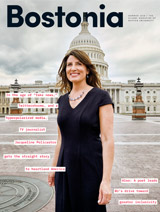
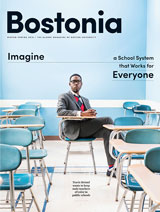
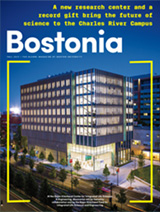


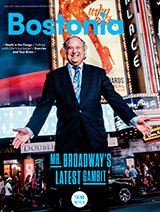

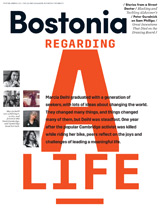
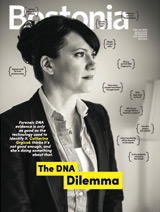

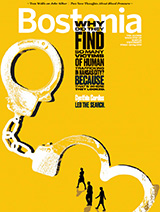



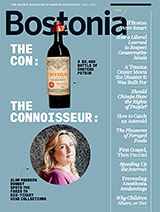
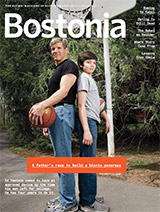
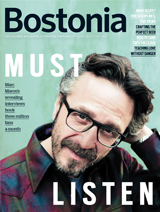
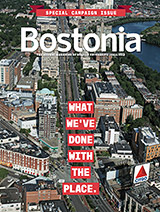
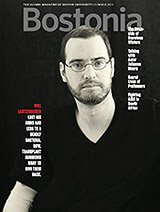
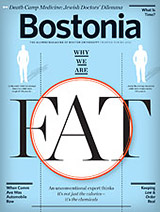

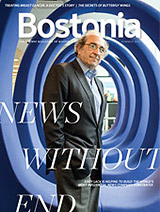



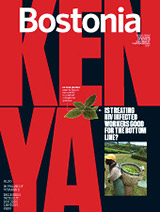
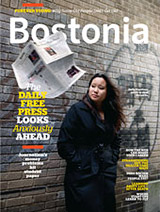
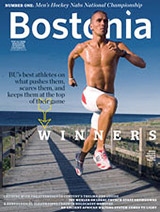
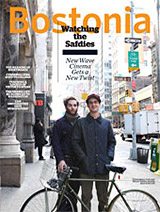

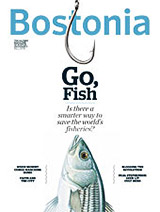
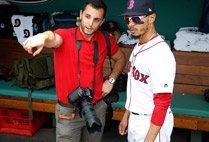
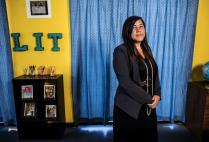
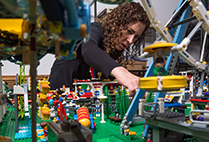

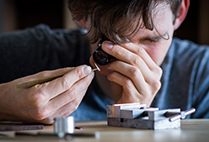
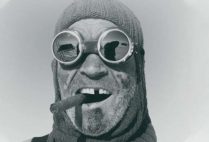
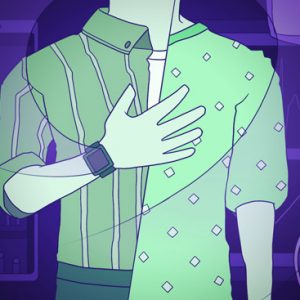
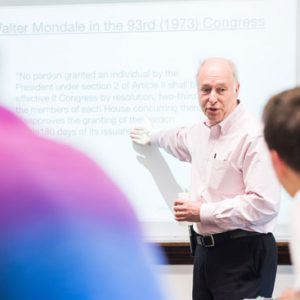
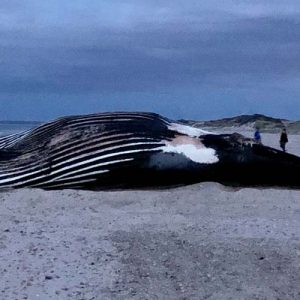
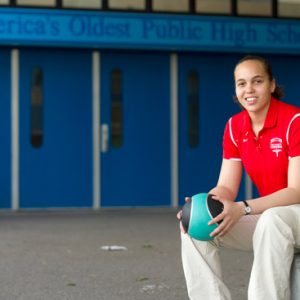
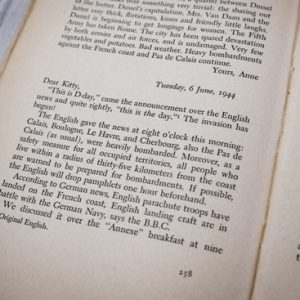
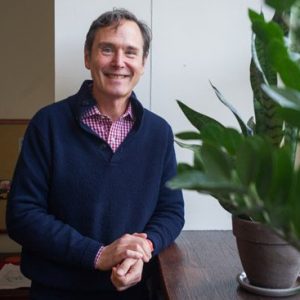

Related Stories
ENG Prof Elected Fellow of National Academy of Inventors
David Bishop a prolific real-world innovator
Vinod Sarin Elected to National Academy of Inventors
BU materials scientist says nature inspires him with best ideas for new technologies
Brown Named Academy of Inventors Fellow
Selected for “creating or facilitating” inventions that have helped society
Post Your Comment